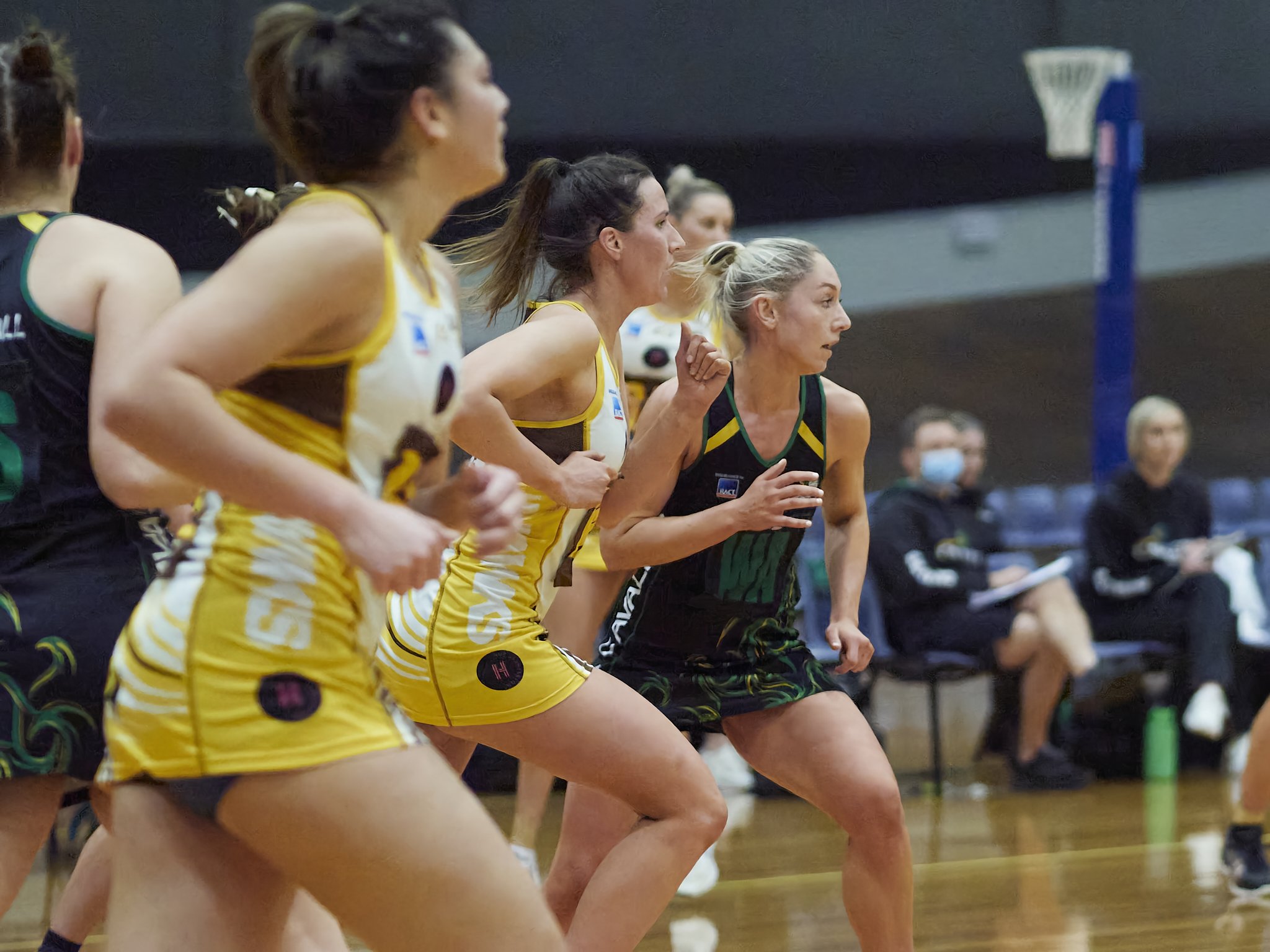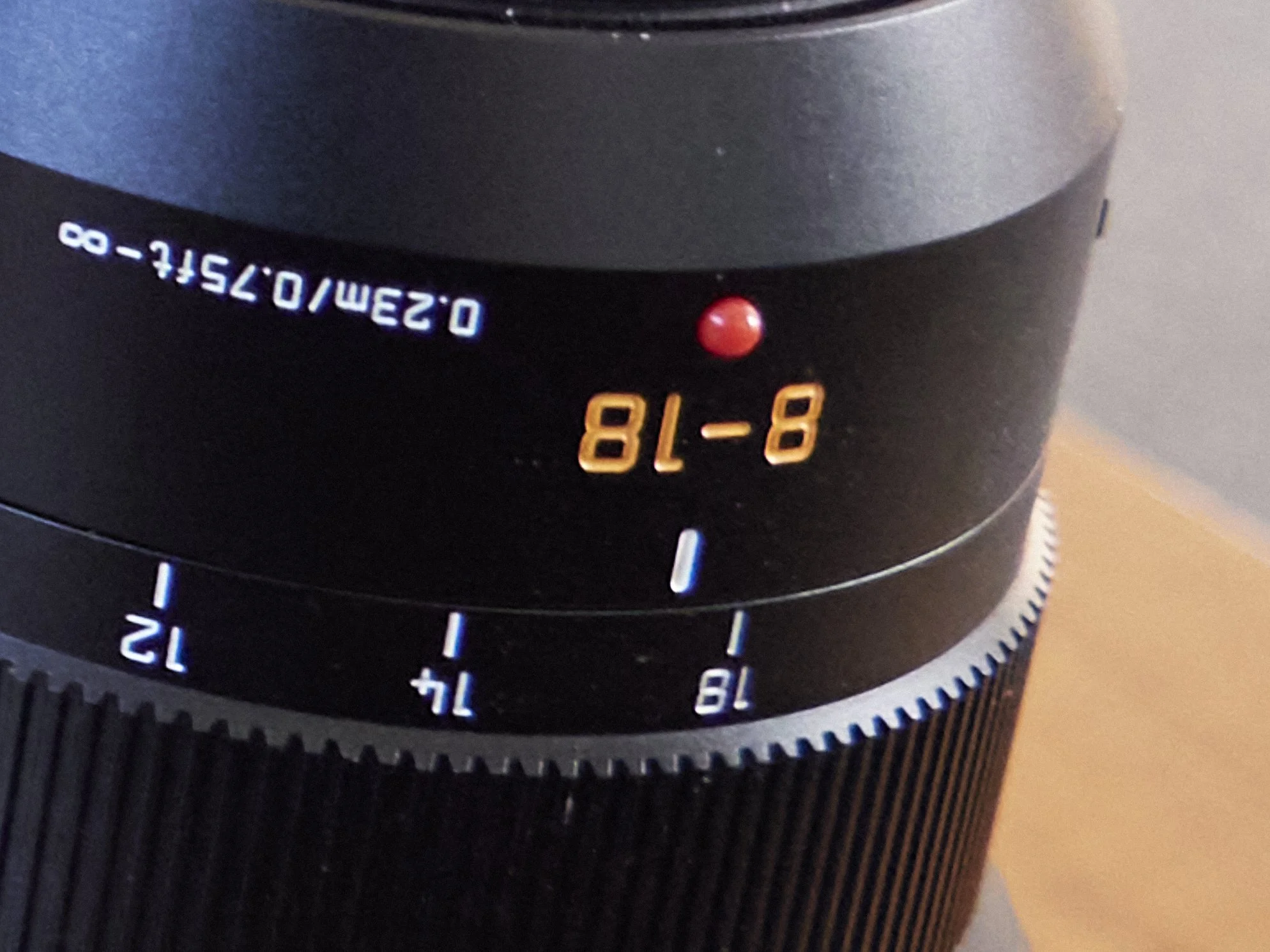Most shooters will follow this logic; low light photography means full frame cameras.
Bigger sensor, less noise. But is that really all the story?
First up, what is really needed?
For most photographers, “hell” is a fast and erratic subject in low light, sometimes ugly, low contrast light. The worst I have had to deal with is a forgotten back room of the local sports centre, probably last done up some time in the ‘80’s and often used for Ping Pong or Badminton. Even to my eyes, it was dim, you know that slightly surreal light that defies comfort, but for my camera it was not at all a pleasant experience (we are still in therapy, poor thing).
If a sport or performance is lit well enough for viewers to see normally, then ISO 32-6400 with an aperture of 1.8 to 2.8 should be able to provide a workable shutter speed of 1/500 of better. If the light is super dark for “creative” uses, then shooting for how it looks is best. In other words, no photographer would be asked to shoot sport in total darkness and drama may have some very dark moments for effect, but no-one expects daylight looking images from these.
A full frame camera can deliver very clean 3200 and more than useable 12800 with little effort, but relying on the fastest aperture lenses heavily reduces magnification. If needed, a lens with an f1.8+ aperture in particular is usually limited to 100mm or so. Because the better performing full frame cameras are currently limited to 20-24mp or so, cropping becomes the limiting factor. So sports like Basketball or Netball are limited to the near third of the court and still need cropping.
In M43, the two or so stops of ISO disadvantage can be mitigated somewhat thanks to the 2x magnification factor and deeper depth of field it provides. It is all in the lenses. By disadvantage, I mean ISO 32-6400 is still pro callibre, but may need work if underexposed, or to be blown up to very big sizes or cropped heavily, but the real difference is not that much these days. Sufficiency is on reach with all decent modern tools, only extremes are out of reach for some.
This, at 6400…
…..from this with minimal work (C1 and ON1 No Noise all at standard settings).
A 75mm lens in M43 for example, which has similar pricing and size to the inexpensive full frame equivalent is a different beast to the full frame version. It has the magnification of a full frame 150mm, with no sensor cropping. The M43 camera offers its full 20mp compared to the full frame that may be cropped down to maybe 10-12mp or so.
Flipping that, have a hunt and see how many f1.8 150mm lenses are out there for full frame cameras and their price.
Secondly, the full frame depth of field is retained, so the 75mm is acting like a 150 f2.8 lens for focus depth while gathering f1.8 light. The norm here for a full frame shooter is a pro 70-200 f2.8, but that comes at the price of 2 stops of light at the same depth of field. The difference reduces.
Wide open at f1.8 (2.8 equiv) allows me to cut out a subject, but get all of them in as well.
Thirdly, the greater magnification means the AF system is focussing tighter on the desired framing, not wider with more chance to grab the wrong subject (which can go unnoticed at the time). For some sports, I have to use a single point or a small row of 2-4 points to cut through a crowd. Face detect can work here, but again, it needs to be tight to keep, well, focussed.
So, no sensor cropping with a f1.8 medium tele with accurate focus and the depth of field of a 2.8 lens. The two stop ISO drop, if it actually matters at all, is mitigated somewhat*
Good enough quality for most uses and similar to what is coming out of the full frame cameras the other togs are using.
A fourth element, but one that the new raft of mirrorless lenses is reducing all the time, is the M43 lens design advantage. The format was choosen for a variety of reasons and the smaller, squarer format, reduces the need to make extraordinary focal lengths** was one of them. All of my lenses perform professionally wide open, even the cheaper ones, becasue all are asked to do something relatively easy. A good medium tele is a sweet spot for most makers, it just goes further with m43.
A final, but less relevant thing in this space is the advantage smaller sensors have with stabilising. Apart from Olympus’ advantage in tech, it is simply easier to stabilise a smaller sensor.
A shot taken with a hand held 600mm at a reasonably high ISO and low shutter speed. Not affordable, nor likely possible with full frame and really, who wants to be “that” guy lugging a huge lump of glass around a school concert. This was taken before No Noise came into my life, so even better is possible.
My standard for indoor sport is my 40-150 pro, but if the ISO’s are hovering around the 6400+ mark for 1/1000th, I will put the 75 or a 45mm on, netting either ISO 1600 or a faster shutter speedor a compromise between the two. I have never run out of options.
*ISO 6400 is very useable with M43 cameras and decent (not Adobe) processing. This handles most jobs fine. Past that, I can still compete thanks to the maths in m favour, but everyone is starting to see reduced quality.
**The Olympus 75 and 300mm and the Panasonic 200 f2.8 are all top of the line in their class, which is quite easy to achieve at these relatively conservative focal lengths. Rare and bulky 600mm lenses for full frames however are not realistic for most (the Nikon 400 2.8 at work is a monster), pushing their price up even further. You could actually buy 2x EM1xs’, the 40-150, 75, 8-18, 300, 200 with matched extenders for the price of the Canon 600 f4 and the bulk of it for the price of the camera needed. At the end of the day, either way you have a super fast 20mp camera with 600 f4 capable of pro results up to ISO 6400, just that one fits in a shoulder bag and costs 1/4 the price of the other.



















































































































